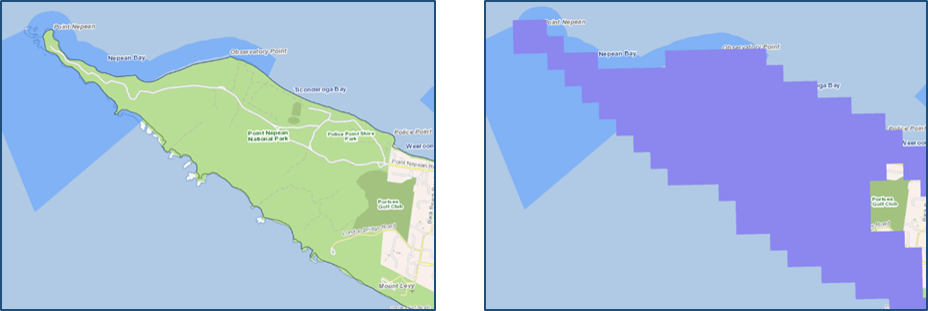Achieving biodiversity benefits in priority locations
Point Nepean National Park is rugged coastal landscape with remnant vegetation home to the White-footed Dunnart, Long-nosed Bandicoot, Black Wallaby, Singing Honeyeater, Blue-winged Parrot and Hooded Plover. Weed control would target and protect the fragile coastal ecosystem and habitat.
This project has utilised Strategic Management Prospects (SMP) modelling to consider latest science and cost-benefit effectiveness aiming to maximise and enhance biodiversity benefits of the project within the landscape. Point Nepean National Park is a priority location for controlling weeds under Protecting Victoria’s Environment- Biodiversity 2037 (Bio2037), with a cost-benefit ranking in the top 20% for action across the whole state.
This project has been identified as a high priority under the Western Port and South-East Melbourne Conservation Action Plan.

Themes and Local Areas
| Primary Theme: | Native vegetation |
| Other Themes: | Native Animals, Coasts |
| Primary Local Area: | Mornington Peninsula |
| Other Local Areas: | |
| Project location: | Priority areas within the Point Nepean National Park |
| Scale of the project: | Local |
| New or continuing work: | Continuing/building on previous work |
Project partners
| Lead organisation: | Parks Victoria |
| Key partners: | Mornington Peninsula Shire Council |
| Registered Aboriginal Party/s relevant to the project or its area: | Bunurong Land Council Aboriginal Corporation |
Investment opportunities
| Opportunities for investors within this project start from: | $$ (Tens of thousands of dollars) |
| Estimated scale of investment for full project implementation: | $$$ (Hundreds of thousands of dollars) |
| Estimated timeframe for full project implementation: | 2-10 years |
Contribution toward targets
| Primary Regional Catchment Strategy target: | Point Nepean National Park is 560 hectares and has the ability to contribute to the RCS target of sustained weed control achieved for at least 40,000 hectares in priority areas of this region from 2017 to 2027. |
| Relevant Biodiversity 2037 goal: | Undertake weed or pest herbivore control to maintain and enhance vegetation quality in priority areas |
| Relevant National Landcare Program priority: |
More information
Western Port and South-east Melbourne Conservation Action Plan
https://www.environment.vic.gov.au/biodiversity/working-together-for-biodiversity


